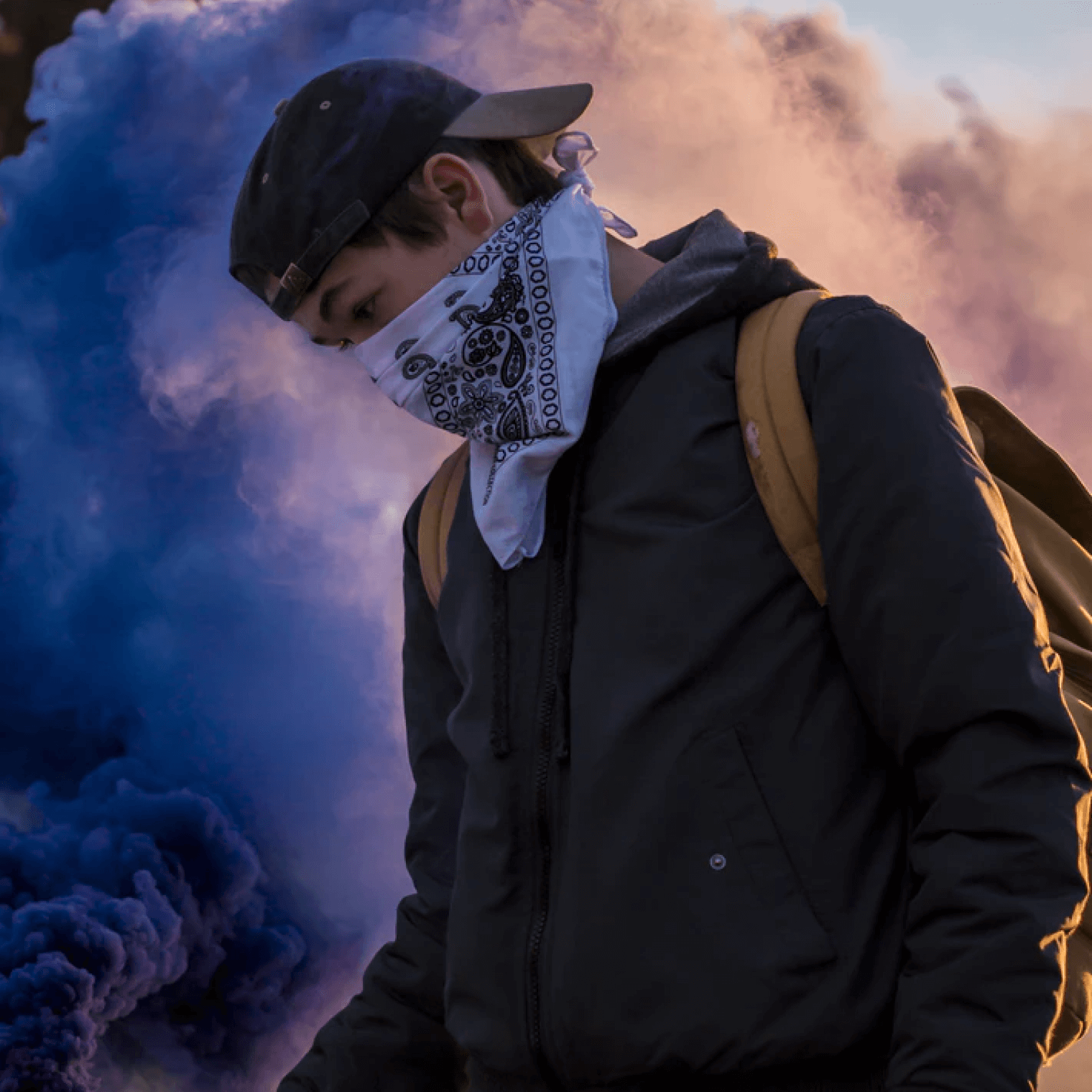In this article
Understanding Rule 34
In the UK, sites aimed at general or family audiences can run into trouble if Rule 34-style material slips through. If a site can't keep up with these rules, it's often easier for them to block access than risk breaking the law. And they do this to prevent fines or compliance headaches. So, this brings us down to the question, "What is rule 34?"
To help you understand this term and other related ideas more easily, we will explore its history, the risks it poses, and more. Keep reading.
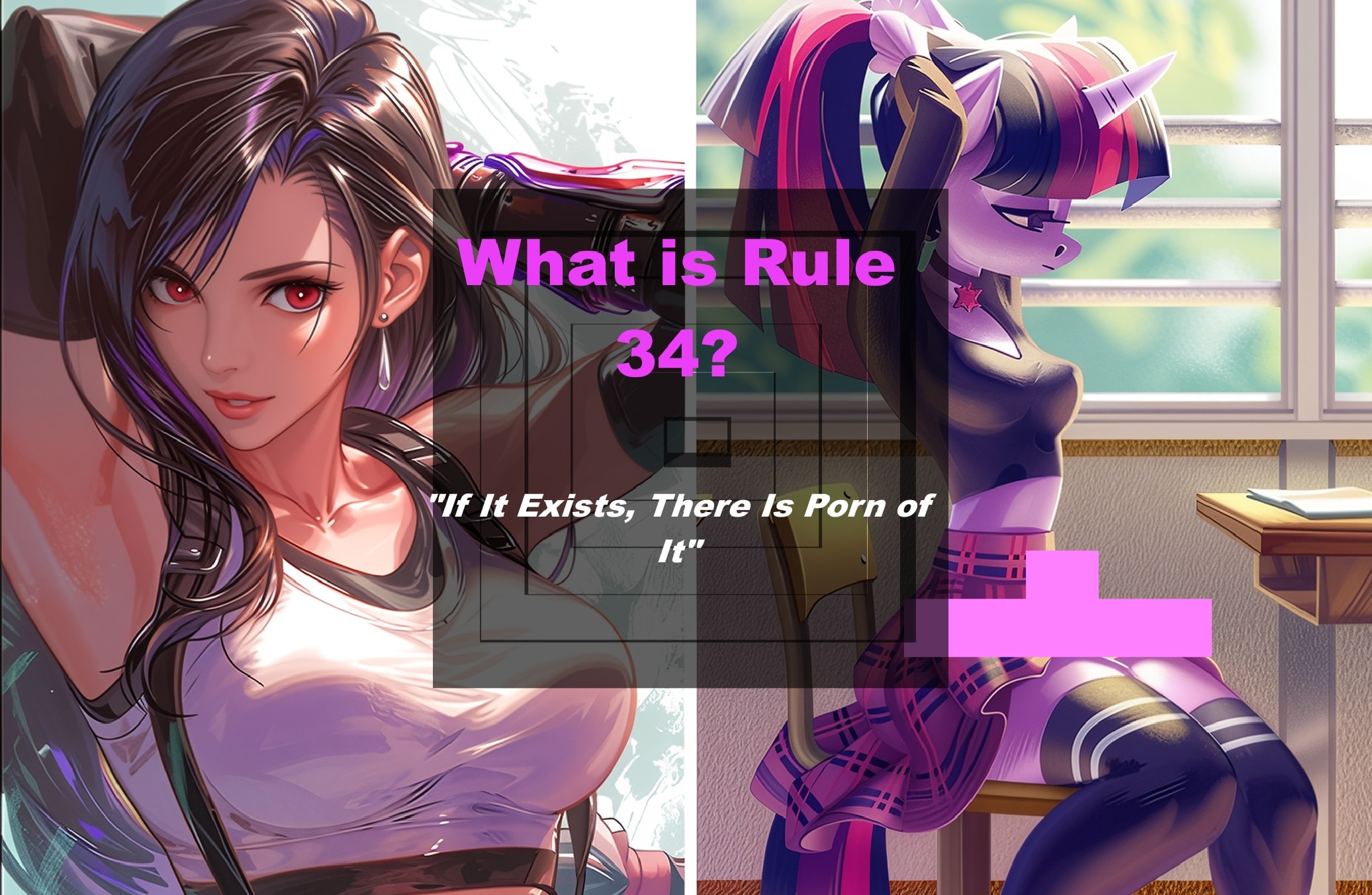
At its core, the meaning of Rule 34 is the internet's way of saying, "If it exists, someone has made adult content about it."
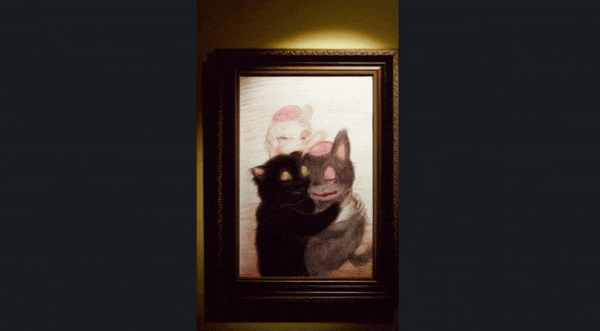
Rule 34 Origin and Meme Culture
Rule 34 began as a comic caption on August 13, 2003, created by TangoStari (Peter Morley-Souter). In it, he joked about his surprise at finding a Calvin and Hobbes parody in adult form. The comic itself faded, but the line "Rule #34: There is porn in it. No exceptions" stuck and spread fast.
By 2008, 4chan users were posting explicit cartoons and parodies that brought the rule to life. On the site, porn was often called "Rule 34" or "pr0nz." In 2009, the Daily Telegraph ranked it among the top internet rules, and a few years later, CNN called it probably the most famous of them all.
Why Rule 34 Went Viral
Rule 34 blew up online because it hit that sweet spot between absurd and familiar: "If it exists, there's porn of it." Below are the main reasons why it went viral.
- Share a funny and relatable idea.
- Universally applicable.
- Inclusion in “Rules of the Internet.”
- Fan-driven content.
- Sexualization or erotic depiction.
- Meme culture origin.
How Rule 34 Is Used on the Internet
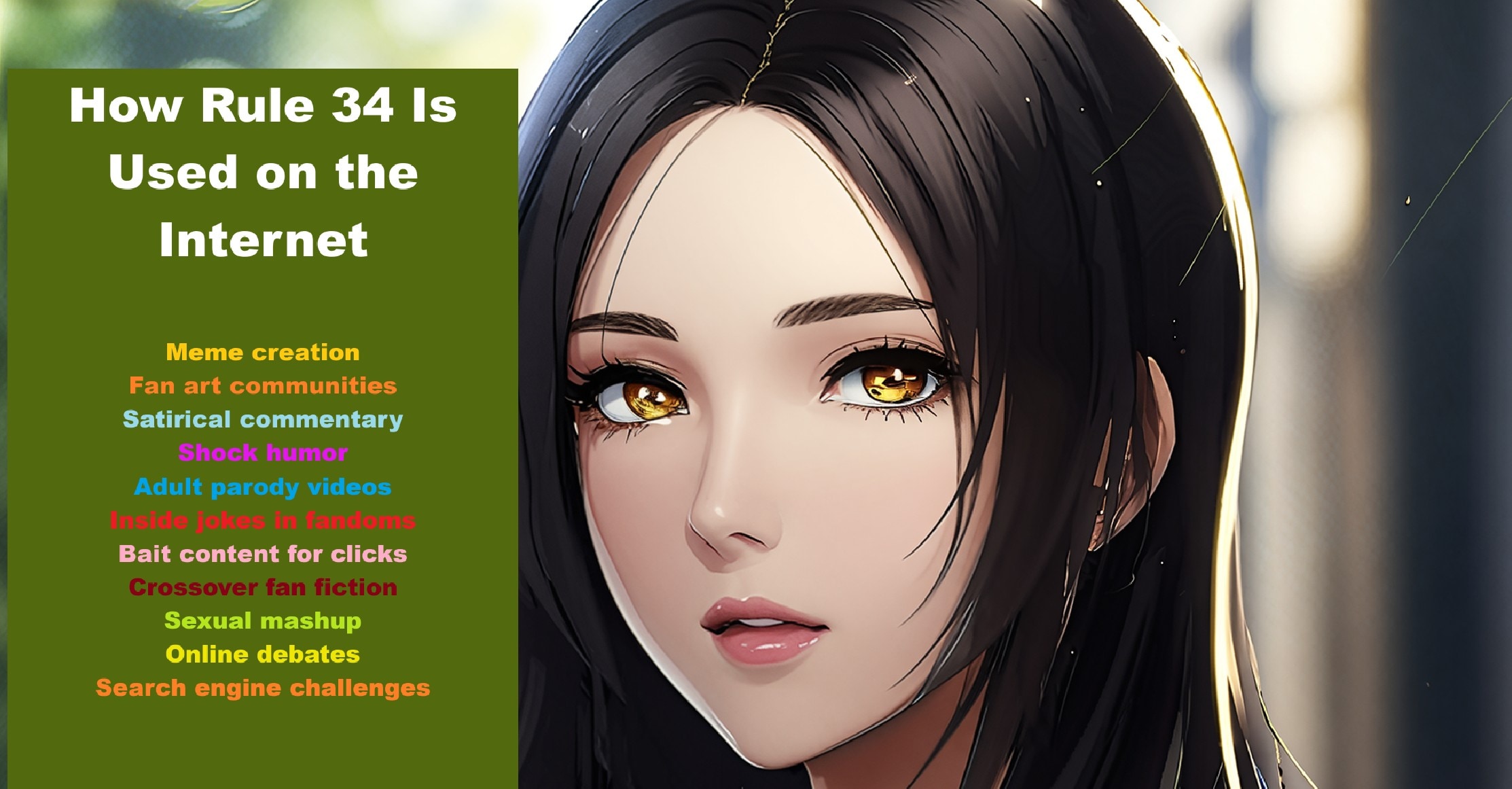
Rule 34 content is everywhere online, and you've probably seen it in more places than you realize. While it fuels memes, parody art, and bizarre fan creations, you'll find it in corners of Reddit threads, hidden inside meme pages, or slipped into niche fandom groups. It also appears in crossover content.
Where Rule 34 Shows Up
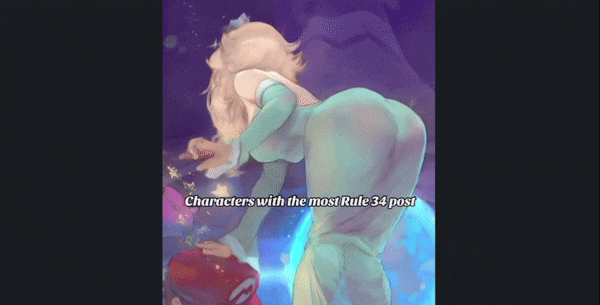
It shows up in art, jokes, satire, and the strange side of the internet you didn't plan to visit.
- Fandom & fan art
- Meme culture references
- Shock or niche content creation
- Adult animations & parody videos
- Celebrity and public figure erotic art
Why People Create or Share It
People make Rule 34 images or videos for different reasons, so a single motive does not drive it. Below are the top reasons you can create or share such content.
Rule 34 in Real-life Literature, News & Popular Media
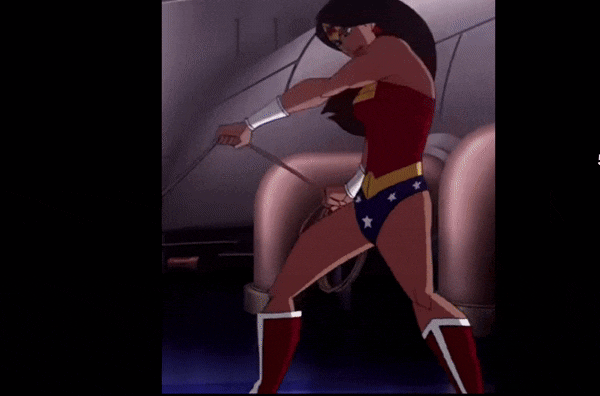
Rule 34 is not confined to obscure corners of the internet; it often spills into mainstream culture. Below are examples.
Psychological, Social Impact, and Legal Considerations of Rule 34
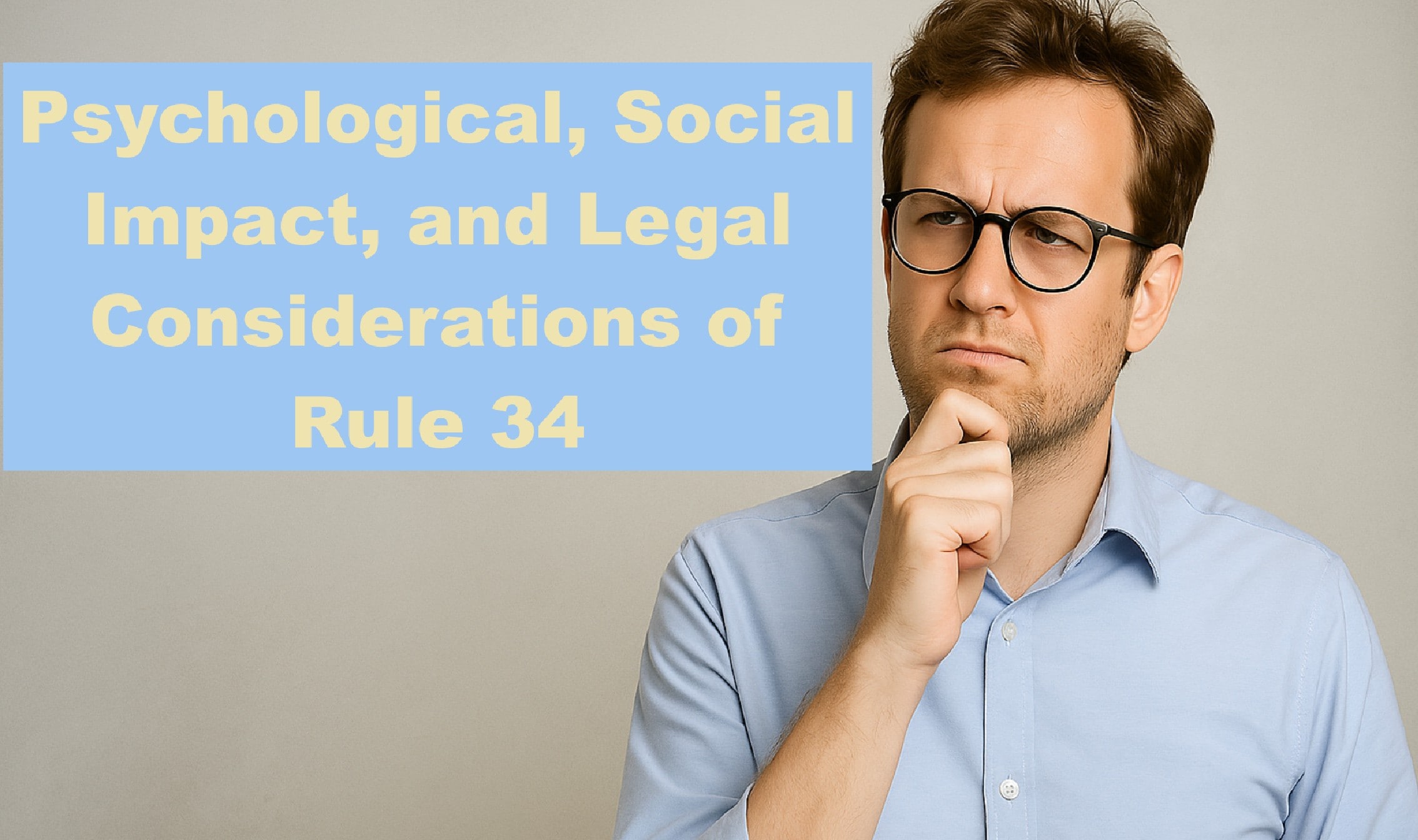
Social and Psychological Impact of Rule 34
Rule 34 thrives in online sexual subcultures, where exploring fetishes is often seen as normal. Here is how it affects the public:
- It has become normalized in online subcultures where explicit fan content is accepted.
- It combines sexual taboo with absurd humor, making engagement feel socially safer.
- Widespread online availability increases the risk of minors encountering it.
- Decentralized hosting, encrypted sharing, and niche platforms make complete removal nearly impossible.
What Are the Risks to Children and Young People?
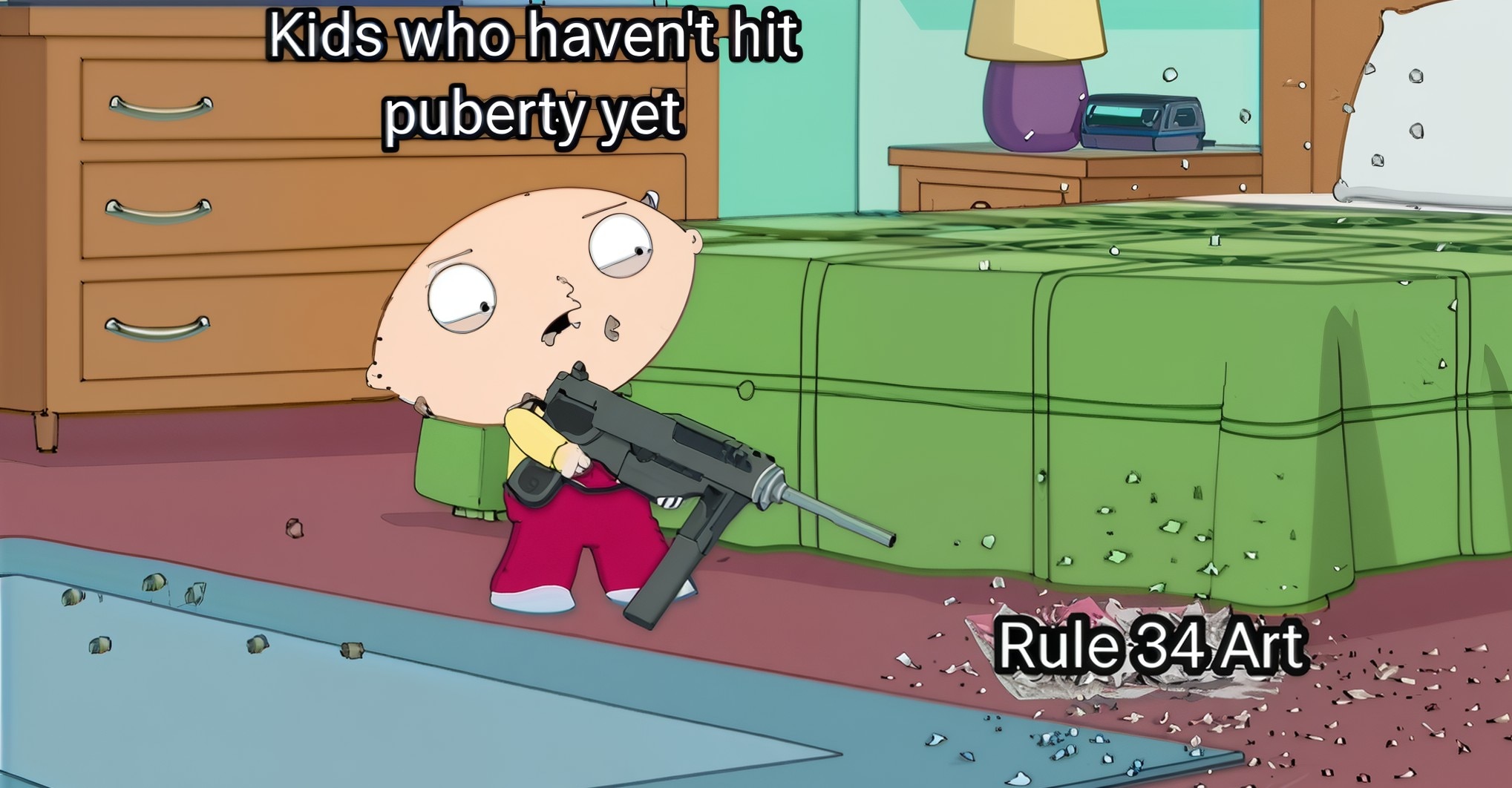
The biggest concern children and younger individuals could face with Rule 34 is unintentional exposure. Search algorithms, social media shares, and meme formats can push explicit content into your feed without warning. It can shape how you think about sex and relationships before you're ready to process it.
Legal and Ethical Issues Around Rule 34
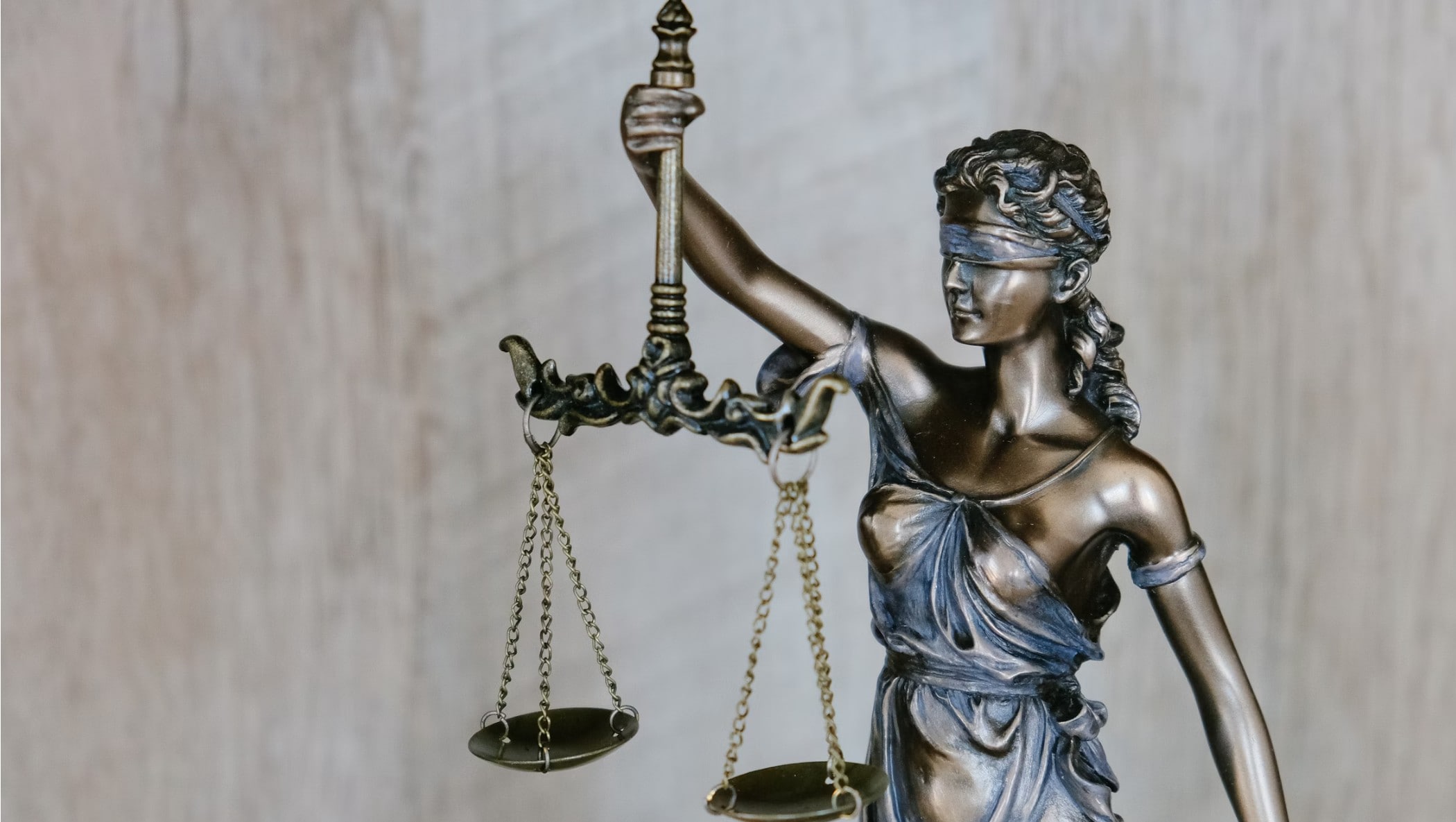
Rule 34 culture puts you at the crossroads between freedom of expression, legal boundaries, and ethical responsibility. Below is a clearer breakdown of the legal surroundings of Rule 34 contents.
| Legal Issues (Laws) | How is it evaluated |
| Obscenity Laws | In the U.S., content may be deemed obscene and thus unprotected by the First Amendment if it fails the Miller test. This evaluates community standards, offensiveness, and whether the work lacks serious value. |
| Child Exploitation and Sexual Content Laws | Any Rule 34 content involving minors, real or even fictionalized, can violate strict federal laws like the PROTECT Act and the Child Pornography Prevention Act, carrying severe penalties. |
| Copyright Violation | Rule 34 often repurposes copyrighted characters or media. While some works may fall under "fair use," using these without permission can lead to takedown notices or infringement claims. |
| Platform Liability and Age Verification | ● In the U.S., Section 230 of the Communications Decency Act protects platforms from liability over user-generated content, but they must still adhere to obscenity and age-restriction laws. ● In the UK, new laws require adult-content sites to implement strict age verification. In response, several Rule 34 sites have blocked UK users entirely due to compliance costs and privacy concerns. ● In Texas, age-verification laws have been upheld by the U.S. Supreme Court, though critics warn they may push users toward unregulated and potentially unsafe platforms. |
How Communities Respond Through Digital Creativity

Online communities don't just consume Rule 34 content; they often reshape it. Some people remix memes, while others create parody edits that mock or exaggerate the idea. You might see fan animations that blur the line between humor and critique. These creative responses enable you to discuss uncomfortable subjects in a more lighthearted manner. And now, with AI video tools, you can generate edits that mix styles, voices, and effects in minutes.
How Creators Use Tools Like Filmora to Explore Internet Culture
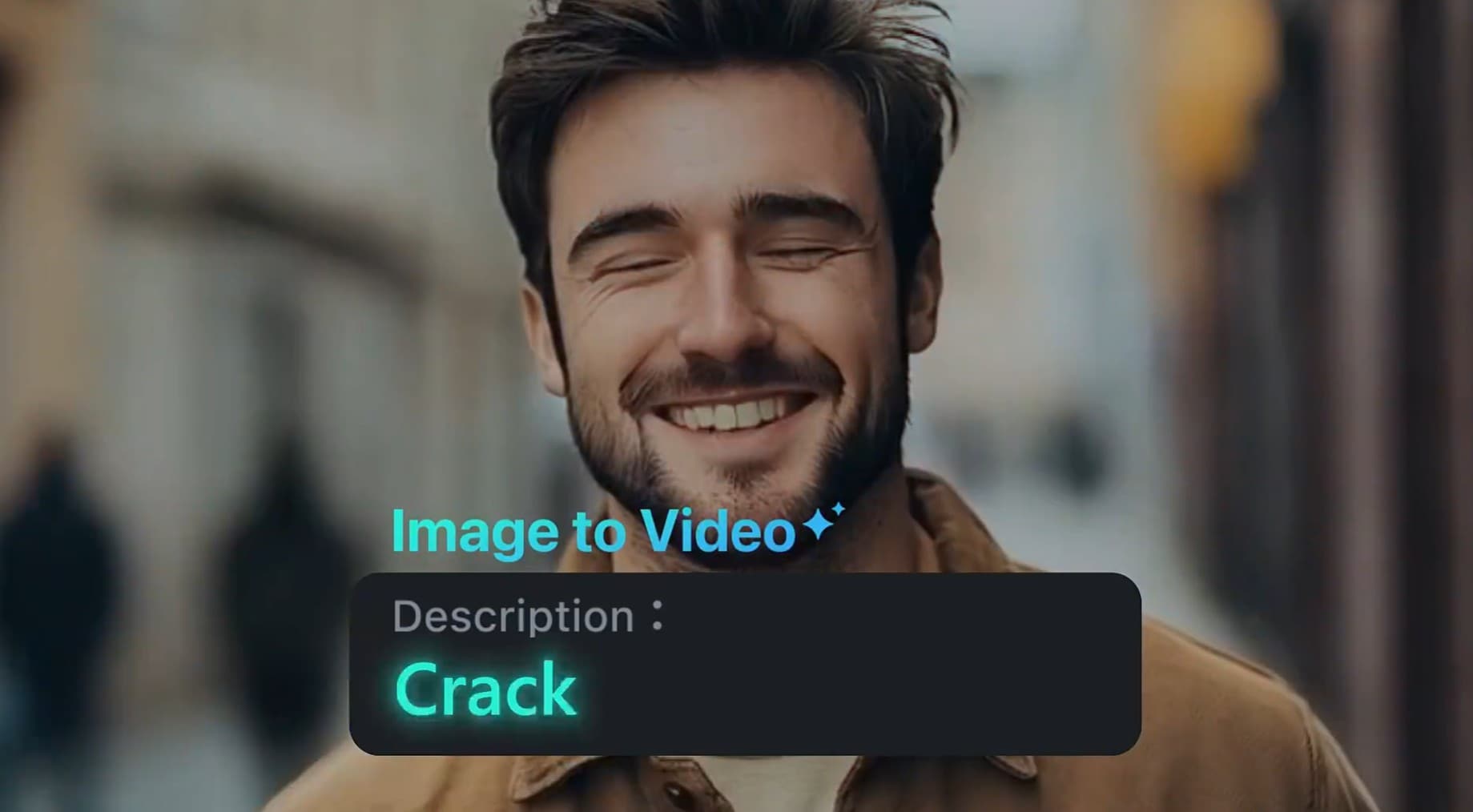
You can easily animate your still image using Wondershare Filmora. It's AI Veo-integrated image-to-video tool can analyze your pic and apply crazy effects like AI Hug, AI Kiss, or AI Fight. This works especially well for Rule 34 memes because absurd visuals highlight the odd humor. The result looks vivid, playful, and made for viral laughs.
Animating Memes & Creating a Humor Rule 34 Video with AI Animation
Prompt
- Turn this image into a wild cartoon-style meme. Characters overreact with huge eyes, jaw-dropping expressions, and comic sweat drops. Background morphs into bizarre, unrelated settings, like space, underwater, or a medieval castle, every few seconds. Add rapid zoom-ins, exaggerated bounce effects, and goofy, mismatched sound effects for maximum internet absurdity.
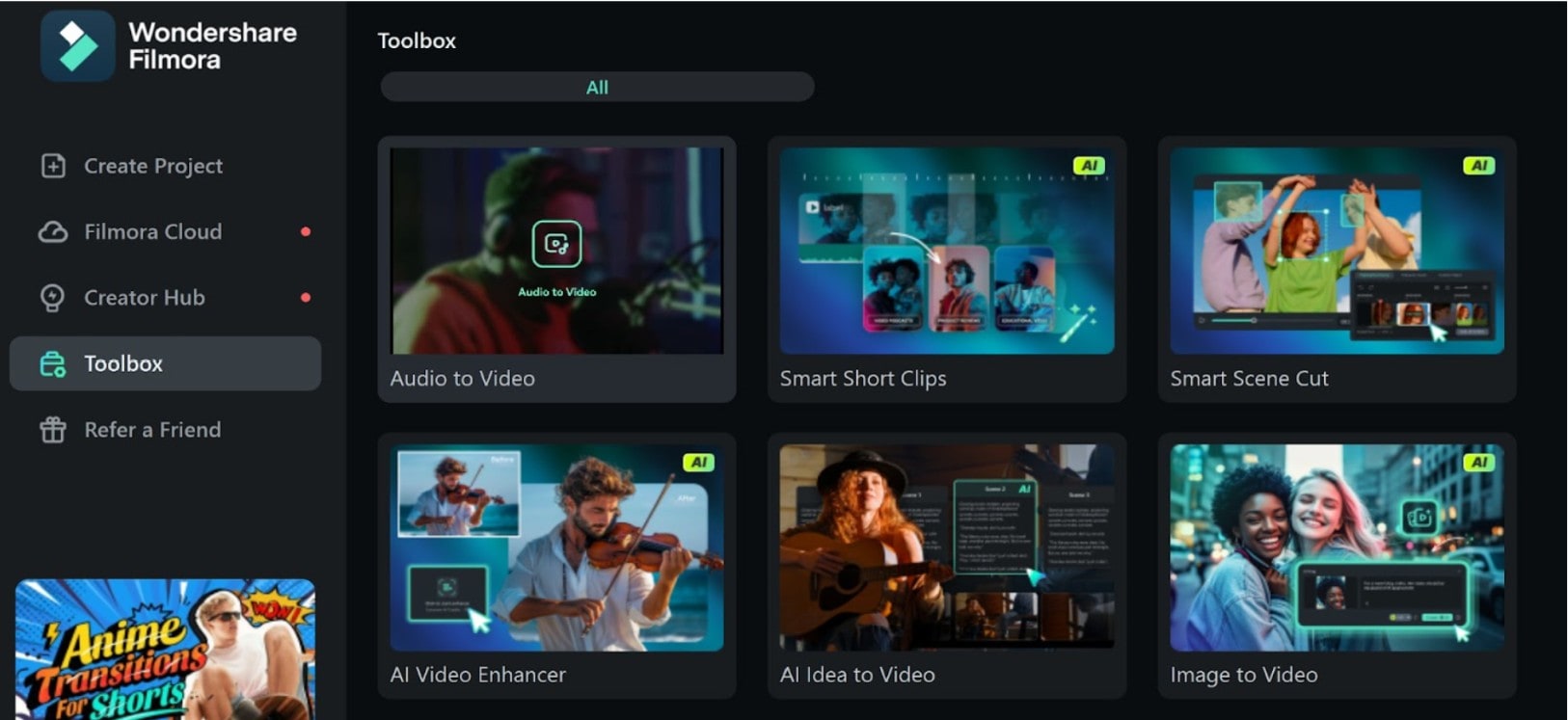
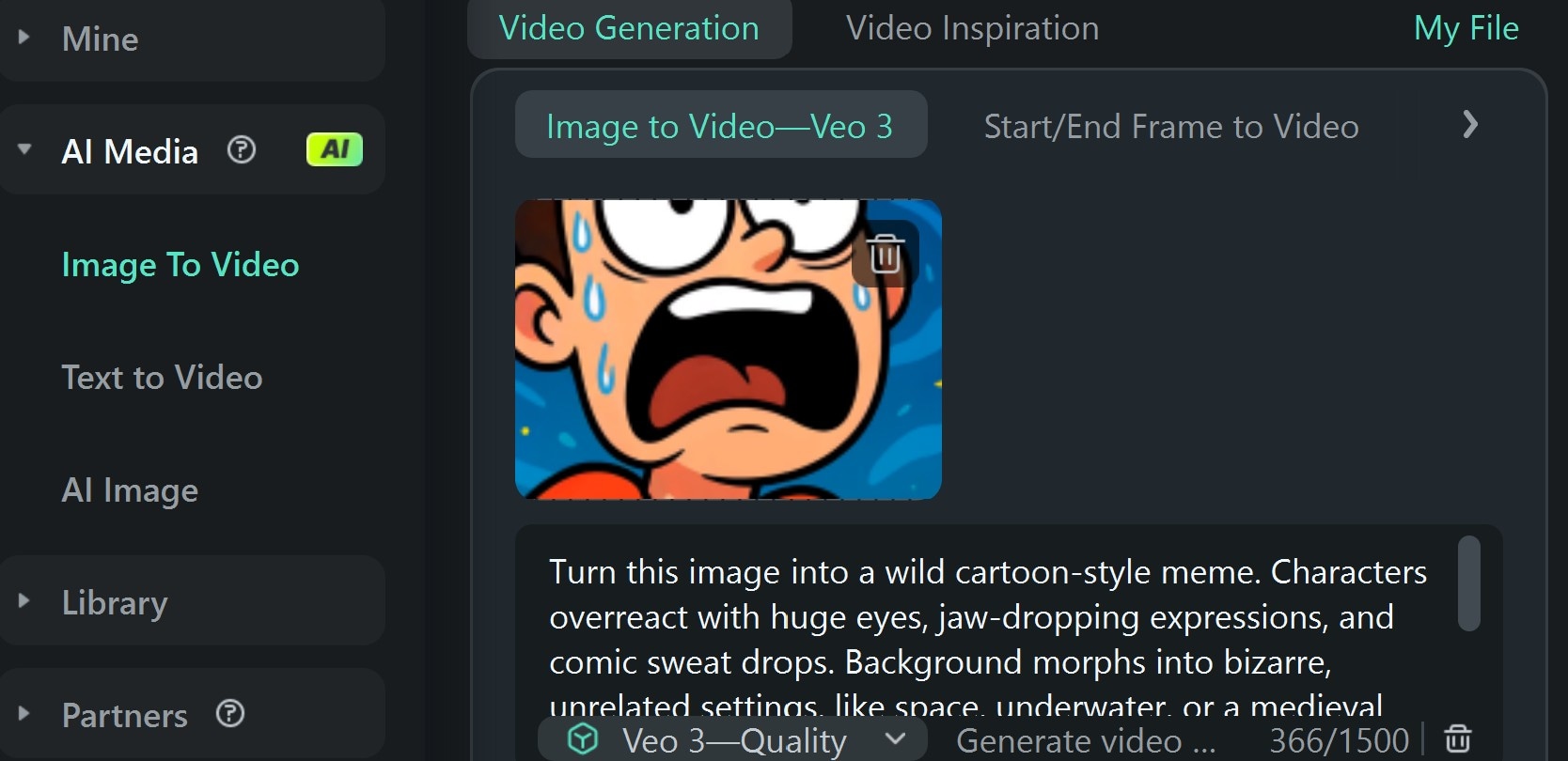
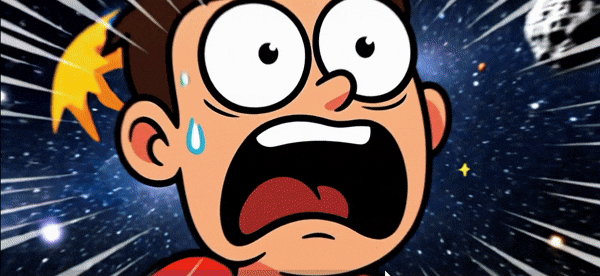
Drawing the Ethical Lines When Depicting Rule 34 Visually
Rule 34 runs on the idea that nothing is off-limits, brushing past traditional moral lines. But as a creator, you still have an ethical framework to work within if you want to protect your audience and reduce harm.
Boundaries to keep in mind
- Never use identifiable real minors, even as a parody or joke.
- Add satire disclaimers or meme labels so people understand your intent.
- Match your content to the right audience and stick to the platform's rules.
Rule 34 Corollaries & Related Internet "Rules"
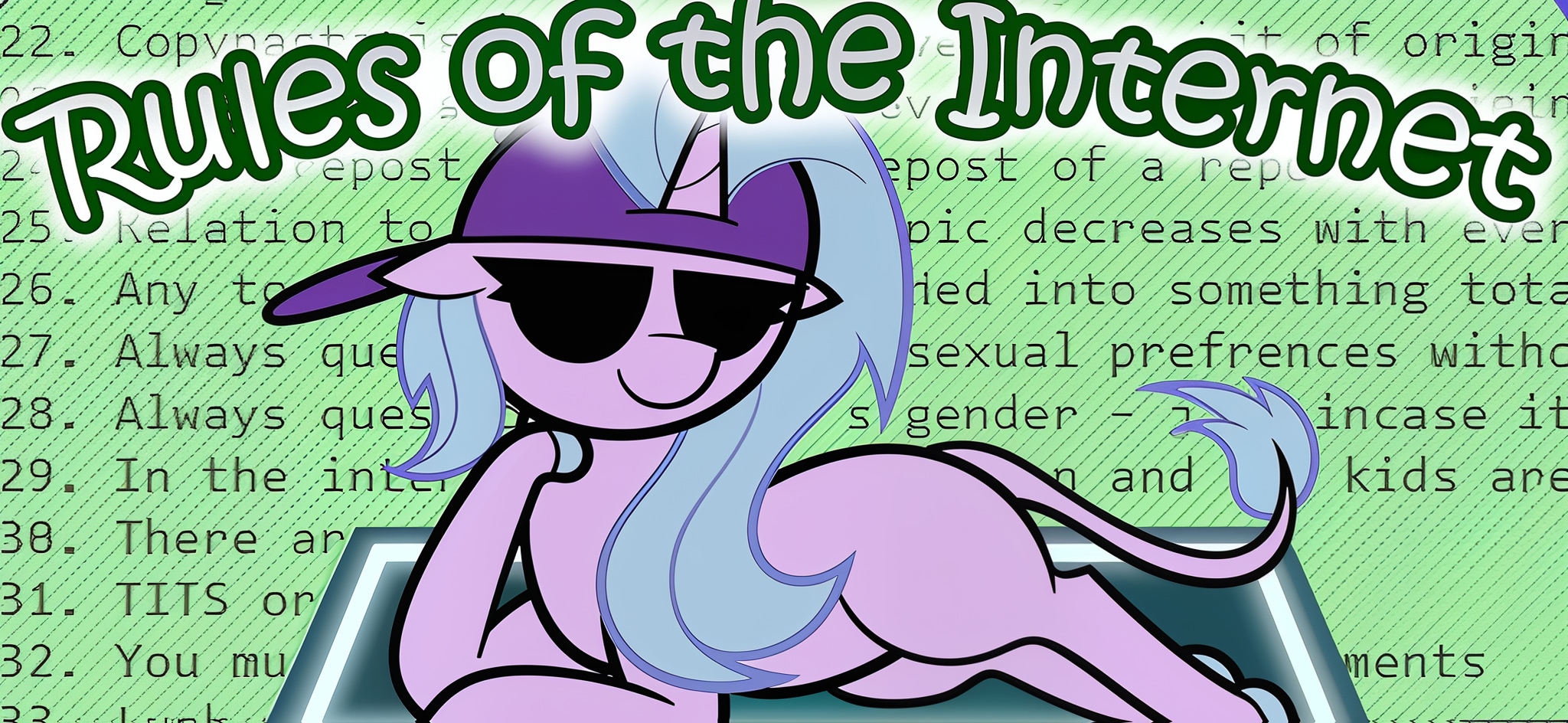
Rule 34 does not stand alone. It exists in a chaotic neighborhood of other internet "rules" born from meme culture and forum humor. Below are some of the popular internet rules. You can see how they connect, each building on the last to push boundaries in unique ways.
- Rule 32: “Pics or it didn't happen.”
- Rule 35: “If there is no porn, it will be made.”
- Rule 36: “No limits.”
- Rule 63: “Gender-swapped characters.”
- Rule 85: “Crossover content.”
Conclusion
Understanding the meaning of Rule 34 helps you navigate online culture with more awareness. It reminds you that anything online can become adult content. This reality affects fans, creators, parents, and platforms alike.
With this in mind, AI tools now exist to create Rule 34 content that aligns with accepted standards on many internet platforms. Filmora is among the best AI tools that provide you with tools to produce safe videos suitable for streaming to diverse audiences online.




